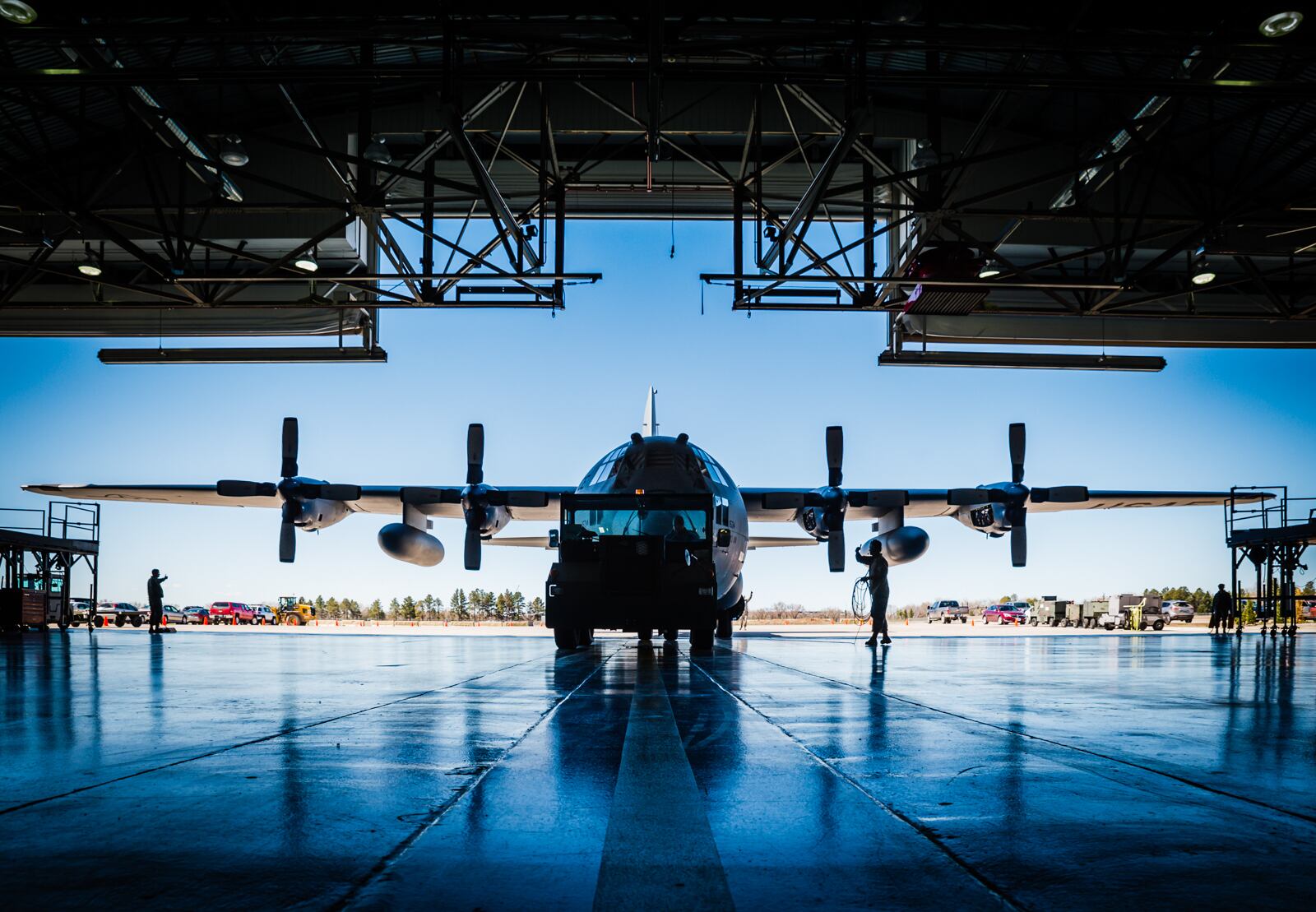WASHINGTON — The search for the Pentagon’s new technology head is getting close to the “end game,” according to Deputy Secretary of Defense Patrick Shanahan.
The role of undersecretary of defense for research and technology, or USDR&E, will be created Feb. 1, when the devolution of the undersecretary of acquisition, technology and logistics, or AT&L, is completed. It is part of a congressionally mandated reorganization that proponents say will lead to a renewed focus on technology development and prototyping.
Shanahan unveiled the Pentagon’s plan for the new structure on Aug. 2, and during the conversation acknowledged the challenge of finding the right person for the job. But, he said, the search is going “pretty good.”
“We have candidates right now. I think we’re closer to the end game,” Shanahan said. “We have to get the right people in positions. So it’s getting lots of attention.”
Asked to describe how the R&E role should work, Shanahan described his ideal setup as akin to a chief technology officer of a large corporation who “is not managing all the programs in the company” but instead focuses on big-picture issues, delegating technical responsibility down to experts at the lower levels.
RELATED

Andrew Hunter, a former acquisition official inside AT&L who now works at the Center for Strategic and International Studies, said the ideal candidate “has to have a grasp of such a broad range of technology, not just inside the department, but outside it. It’s going to be a challenge to find someone with that broad a vision.”
He recommends looking at former heads of the Defense Advanced Research Projects Agency as a potential pool of nominees. But because finding a single person able to weigh in on every technology area in which the Pentagon is interested will likely prove impossible, Hunter recommends focusing on another skill set — the ability to delegate.
“It’s critical they find someone who can put together a team, that can advise and bring insights into a broad swath of technology areas that no one person will have,” he said.
Shanahan indicated the ability to work well with others is going to be a requirement when looking at potential nominees.
“When we go to pick people, the No. 1 criteria is that they can team. In this game, it’s just a total team sport, so our locker room, everyone has to get along,” Shanahan said.
That will be particularly true with the R&E and its counterpart, the undersecretary of defense for acquisition and sustainment, or USDA&S. Ellen Lord, who was confirmed by the Senate on Tuesday for the AT&L role, is expected to be reconfirmed to the A&S office come Feb. 1.
Making sure Lord and the USDR&E are productive together will be vital, Hunter said.
“They will have to work hand-in-glove in order to be effective, especially when you consider the services will be more independent” under the new acquisition setup, Hunter said. “So if there is any disconnect between the two undersecretaries, it will be very confusing for the services, but also create the opportunity to ignore both if they want to.”
Aaron Mehta was deputy editor and senior Pentagon correspondent for Defense News, covering policy, strategy and acquisition at the highest levels of the Defense Department and its international partners.








